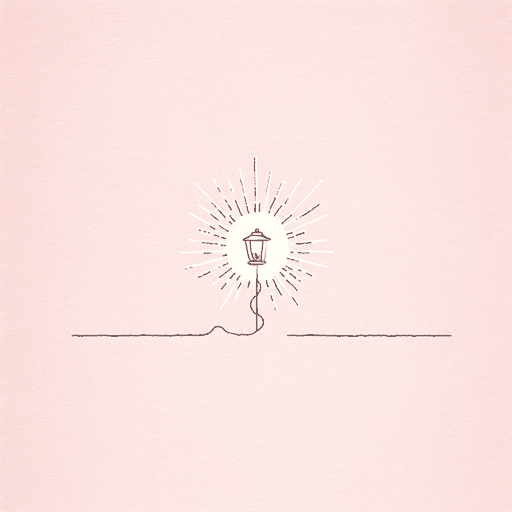18 pages • 36 minutes read
Emily DickinsonWe Grow Accustomed to the Dark
Fiction | Poem | Adult | Published in 1935A modern alternative to SparkNotes and CliffsNotes, SuperSummary offers high-quality Study Guides with detailed chapter summaries and analysis of major themes, characters, and more.
Literary Devices
Form and Meter
Like the majority of Emily Dickinson’s work, this poem is made up of quatrains, or four-line stanzas—in this case, five stanzas for a total of 20 lines. The poem is largely composed of what is called “ballad stanzas,” which are stanzas that alternate between iambic tetrameter and iambic trimeter. This was a common rhythmic form in many old folk ballads and songs, which is where the style gets its name.
For example, the first two lines are iambic tetrameter and iambic trimeter: “We grow accustomed to the Dark — / When Light is put away” (Lines 1-2). A stressed syllable follows an unstressed syllable, with the first totaling eight syllables and the second, six syllables. However, this does not remain consistent for the entire poem. The final two stanzas reduce the eight-syllable lines to seven syllables, dropping the final stressed syllable at the end.
The poem does not have a rigid rhyme scheme but uses occasional end rhymes as well as internal rhymes and similar sounds to enhance its rhythm. In the first stanza, “away” and “goodbye” end on similar sounds (Lines 2, 4), while in the second stanza, the first and last line end on similar sounds: “step” and “erect” (Lines 5, 8).
Related Titles
By Emily Dickinson

A Bird, came down the Walk
Emily Dickinson

A Clock stopped—
Emily Dickinson

A narrow Fellow in the Grass (1096)
Emily Dickinson

Because I Could Not Stop for Death
Emily Dickinson

"Faith" is a fine invention
Emily Dickinson

Fame Is a Fickle Food (1702)
Emily Dickinson

Hope is a strange invention
Emily Dickinson

"Hope" Is the Thing with Feathers
Emily Dickinson

I Can Wade Grief
Emily Dickinson

I Felt a Cleaving in my Mind
Emily Dickinson

I Felt a Funeral, in My Brain
Emily Dickinson

If I Can Stop One Heart from Breaking
Emily Dickinson

If I should die
Emily Dickinson

If you were coming in the fall
Emily Dickinson

I heard a Fly buzz — when I died
Emily Dickinson

I'm Nobody! Who Are You?
Emily Dickinson

Much Madness is divinest Sense—
Emily Dickinson

Success Is Counted Sweetest
Emily Dickinson

Tell all the truth but tell it slant
Emily Dickinson

The Only News I Know
Emily Dickinson

